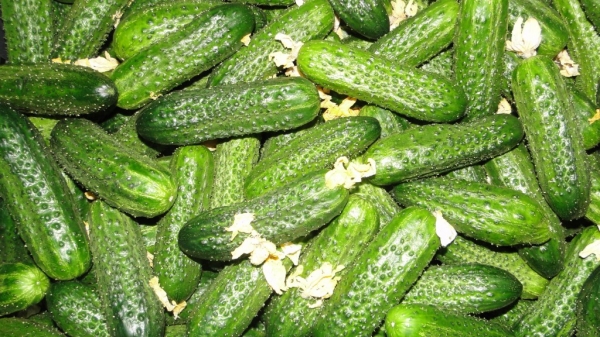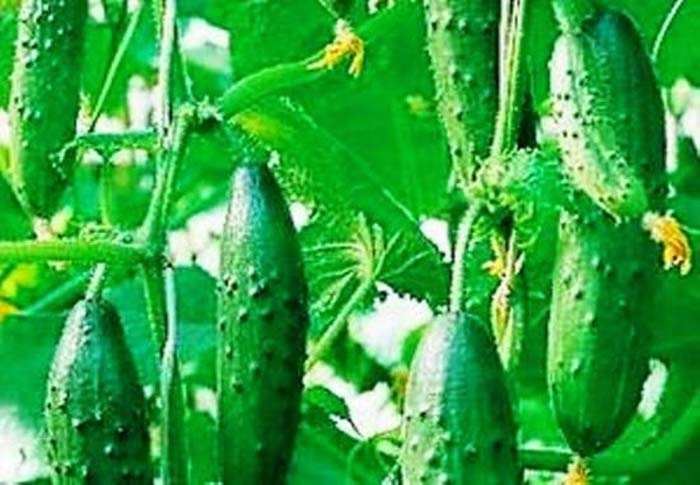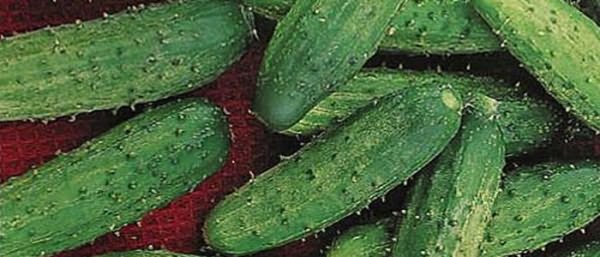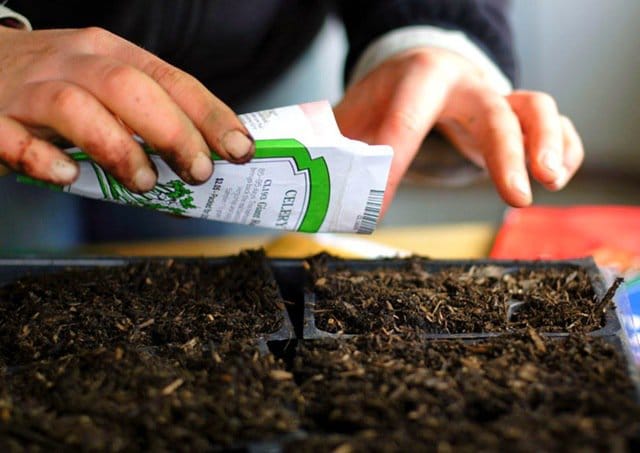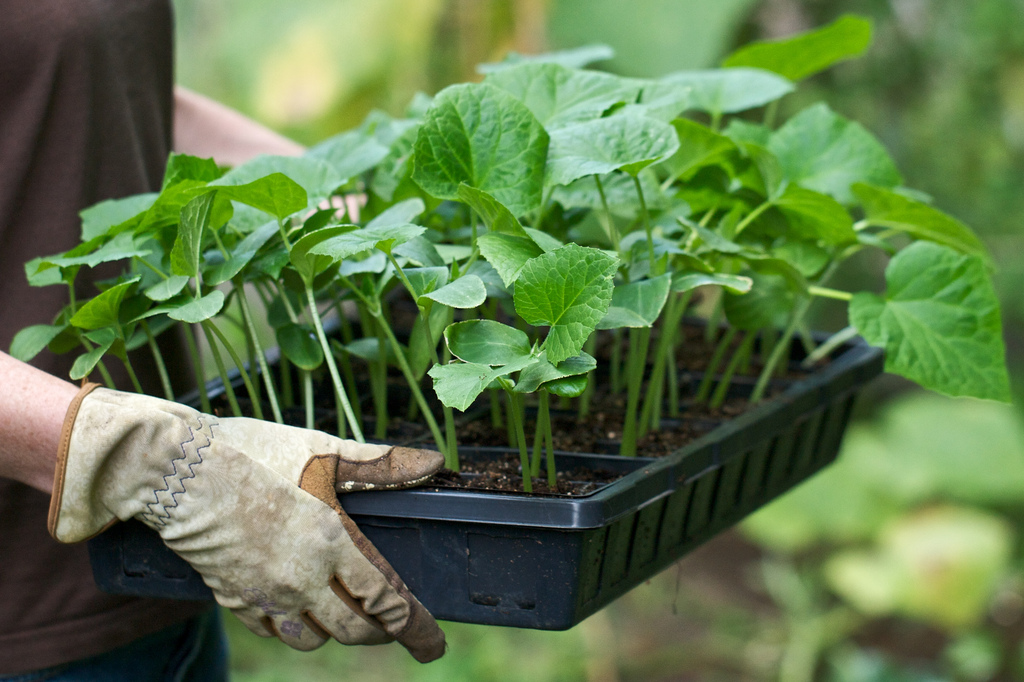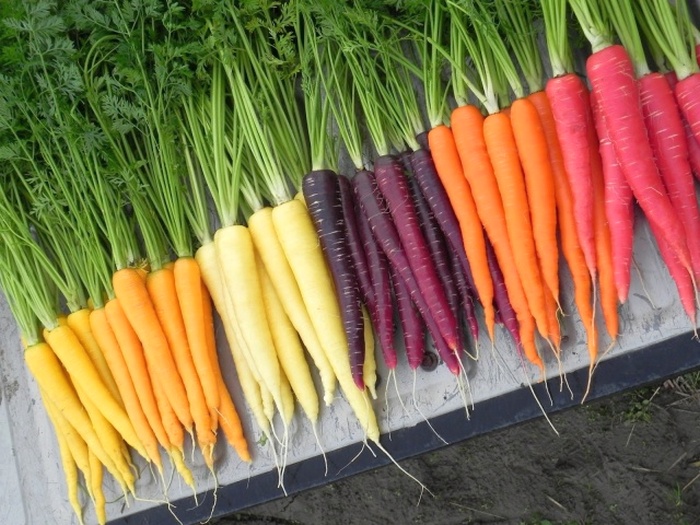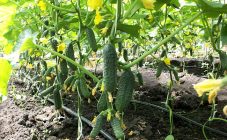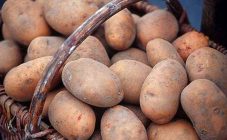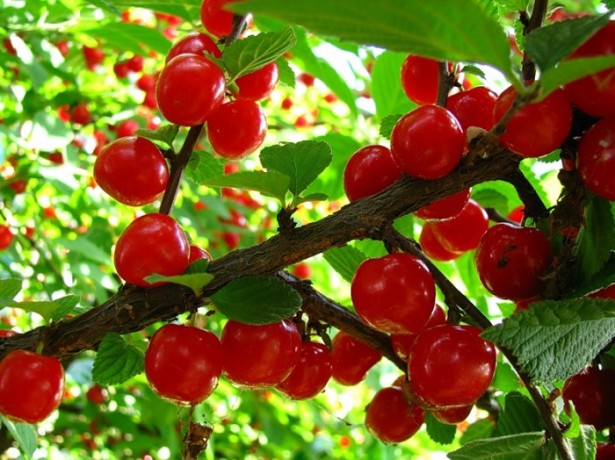Content:
Cucumber is a popular and beloved vegetable that provides many benefits. It stimulates the secretion of gastric juice, has a mild laxative, diuretic and choleretic effect. Regular consumption of cucumber in food normalizes cholesterol metabolism, improves the condition of joints and blood vessels, and increases immunity. The most delicious greenery is the one grown in our own beds. Therefore, even in the cold Siberian summer, summer residents tend to get cucumbers from their 6 acres.
Top 10 varieties of cucumbers for Siberia
Cucumbers love warmth, moisture, and an abundance of sun. Considering this and the peculiarities of the Siberian climate, it is necessary to take a responsible attitude to the choice of seeds at the stage of pre-sowing preparation. When growing this vegetable in a harsh climate, it is also necessary to create suitable conditions for it, only then can you count on a decent harvest.
When breeding cucumber varieties for this region, breeders focused on obtaining hybrids. It is the hybrid varieties that help to fix the necessary properties at the genetic level. At the same time, it is possible to combine such characteristics as the resistance of the variety to diseases, unpretentiousness, the ability to give bountiful harvests.
The best varieties of cucumbers for Siberia just have all these qualities. In addition, the Siberian cucumber should ripen quickly and have a long fruiting period.
According to summer residents, the best varieties of cucumbers for Siberia, intended for open ground, are:
- Altai is a popular Siberian early maturing variety. The harvest ripens 36-38 days from the moment of emergence. Can be grown both in the greenhouse and in the open field. The variety is resistant to diseases. Pollinated by bees, the fruits are 10 cm in size. The peel is pimply. Zelentsy are suitable for canning.
- Zozulya F1 is a proven hybrid, bred back in the 70s of the last century. It pollinates independently, forms fruits up to 25 cm long and weighing up to 300 g. Zelentsy ripens 45-48 days after germination. From 1 sq. m. can be obtained per season up to 20 kg of cucumbers.
- April is another Siberian precocious cucumber. The hybrid tolerates frost, is resistant to powdery mildew, mosaic and spotting, does not require pollination. The fruits grow up to 22 cm long and ripen in 45 days. Cucumbers are suitable for fresh consumption and canning.
- The Alliance is another representative of self-pollinating open field cucumbers in Siberia. It stands out among other varieties for its excellent taste and high yield. From 1 sq. m gives up to 17 kg of fruit. Zelentsy are medium in size, ripen in 45 days.
- The F1 crane is an equally popular hybrid variety. Ripening period - 45 days. It is characterized by compact fruits 10-12 cm long, sweet in taste, and universal. Has a high resistance to disease.
- Poplar F1 is a hybrid variety, weather resistant. The harvest is plentiful, the fruits reach 14 cm in size. It requires adherence to agricultural technology, otherwise bitterness appears in the taste of zelents.
- Parisian gherkin is an excellent pickling variety. The fruits are only 5-7 cm long and have an excellent taste. It belongs to early maturing varieties, ripens in 45 days. Pollinated by bees.
- Graceful - the variety belongs to bee-pollinated. Has an early ripening period. The size of the fruit is 10-12 cm. According to the description, the cucumber perfectly resists diseases and natural disasters. Pinching is required. It has a not very high yield rate.
- Zador - has an ultra-early ripening period. The first zelents will ripen in a month.Fruits are small in size, with pronounced tuberosity. Gherkins are great for pickling without losing their firmness. Differs in excellent taste. Productivity - 6 kg of greens per 1 sq. m.
- Emelya is an early hybrid, capable of self-pollination, with a high yield. From 1 sq. m gives up to 17 kg of fruit. Cucumber is resistant to typical crop diseases. The crop is ready for harvest within a month after germination.
All of these varieties are zoned and approved by specialists for planting in open ground in the northern regions of Russia.
Parthenocarpic cucumbers form ovaries without pollination, therefore they do not have barren flowers, and greens do not contain seeds. Their fruits are not bitter, have the same size, and tolerate transportation and storage very well. The downside of this variety of cucumbers can be considered the frequent curvature of the fruit during temperature changes, but this can be easily avoided by organizing a temporary film shelter for parthenocarpics.
The following parthenocarpic hybrids have proven themselves well on Siberian soil: Miranda, Esaul, Alekseich, German, Mazai, Shik. All of them are resistant to cucumber diseases, give a high yield, are responsive to good care and proper agricultural technology. If there is a greenhouse at the summer cottage, the choice expands significantly.
Such varieties of greenhouse cucumbers as Bidretta, Murashko, Twiksi, Muravei, Buyan are suitable for growing in conditions of low light and low temperatures. If you want early cucumbers, you can plant hybrids: Anyuta F1, Vicenta F1, Marta F1, Pyzhik F1. All of them are great for salads, have a pleasant aroma and taste.
For the Leningrad region
Siberian cucumbers are also suitable for cultivation in the Leningrad region, where there is little heat and sunny days in summer. Pampered foreign hybrids will not be able to give a full harvest here.
Breeders have bred their varieties for planting in the North-West of Russia, taking into account when is the time to plant cucumbers in the Leningrad region. The best varieties of cucumbers for the Leningrad region are F1 hybrids: Sarovskiy, Suomi, Valaamskiy and Altayskiy early 166. As in Siberia, seeds are first grown at home by seedlings and then planted in the ground.
Those who do not know when to plant cucumbers in the Leningrad Region need to be guided by the weather conditions. Seedlings in this area can be planted in the ground at the end of May, using film shelters during the first weeks.
Features of growing and care
Although the Siberian climate is characterized by unstable weather conditions and short summers, nevertheless, 2.5-3 warm summer months are enough to grow cucumbers even without the use of shelters. This requires early varieties and planting in a sunny, sheltered from the winds.
It is best to choose those cucumbers in which the ovaries are formed in bunches. The root system must be protected from damage during loosening and transplanting, otherwise the plants will need additional time to recover. Planting is carried out after the threat of recurrent frosts has passed. Seeds can be pre-germinated at home, wrapped in a damp cloth, and planted directly into the ground.
Proper farming and cucumber care in Siberia is an important component of success. For plants to grow quickly and develop correctly, they need:
- constant average daily temperature above 14 ° C;
- soil acidity below 5.6 pH;
- planting in light soil;
- regular application of mineral fertilizers.
To arrange warm beds, you need a mixture of manure, compost, humus and fresh grass or tops. Actually, the garden will consist of these components. It is made 30-50 cm high and about a meter wide. A layer of fertile soil about 20 cm thick is placed on top of the base. Cucumbers can be planted on such a bed in spring, in mid-May. For such conditions, the type of pollination is not important, the main thing is that the cucumbers have a long fruiting period.
Hardened and germinated seeds are planted in the holes in two longitudinal rows. After sowing, the soil is watered, metal arcs are installed and covered with a film or other covering material. After the emergence of seedlings, planting must be ventilated every morning. In the heat, tender sprouts can quickly burn out. With this planting, the plants receive heat not only from the sun, but also from dung or grass.
It is necessary to water the plants every day in small portions, since their root system goes deep only 15 cm, and there is no need to moisten the deep layers of the soil. In order not to loosen the ridge too often, it is better to mulch it with mown grass or sawdust. On a hot day, it is good to arrange a warm shower for the cucumbers, pouring the leaves from the watering can.
The bee-pollinated variety needs to be pinched after the appearance of 5-6 leaves. The crop will readily form on lateral shoots. Parthenocarpic varieties do not need pinching, but it is advisable to get rid of the buds in the axils of the first 5-6 leaves, then the harvest can be obtained much earlier.
Top dressing should be applied weekly or once every 1.5 weeks using liquid fertilizer solutions. Plants must be fed on wet ground. Since leaves grow simultaneously on the bush, flowers and ovaries form, it is necessary to use complex mineral mixtures with a full set of necessary elements. Additionally, infusion of mullein, chicken droppings and weeds is added.
Long-term work of breeders has made the choice of varieties of cucumber for planting very diverse. Early and mid-season cucumbers, bee-pollinated and non-pollinated species. Varietal cucumbers and hybrids. Zelentsy, intended for salting, universal and salad purposes.
New hybrids are constantly appearing, bred specifically for the Siberian climate. Summer residents should not stop choosing one variety. Better to buy several bags of seed at once and try to plant everything. Over time, any gardener will definitely have his favorite varieties, which on his land give maximum yields and delight with taste.
